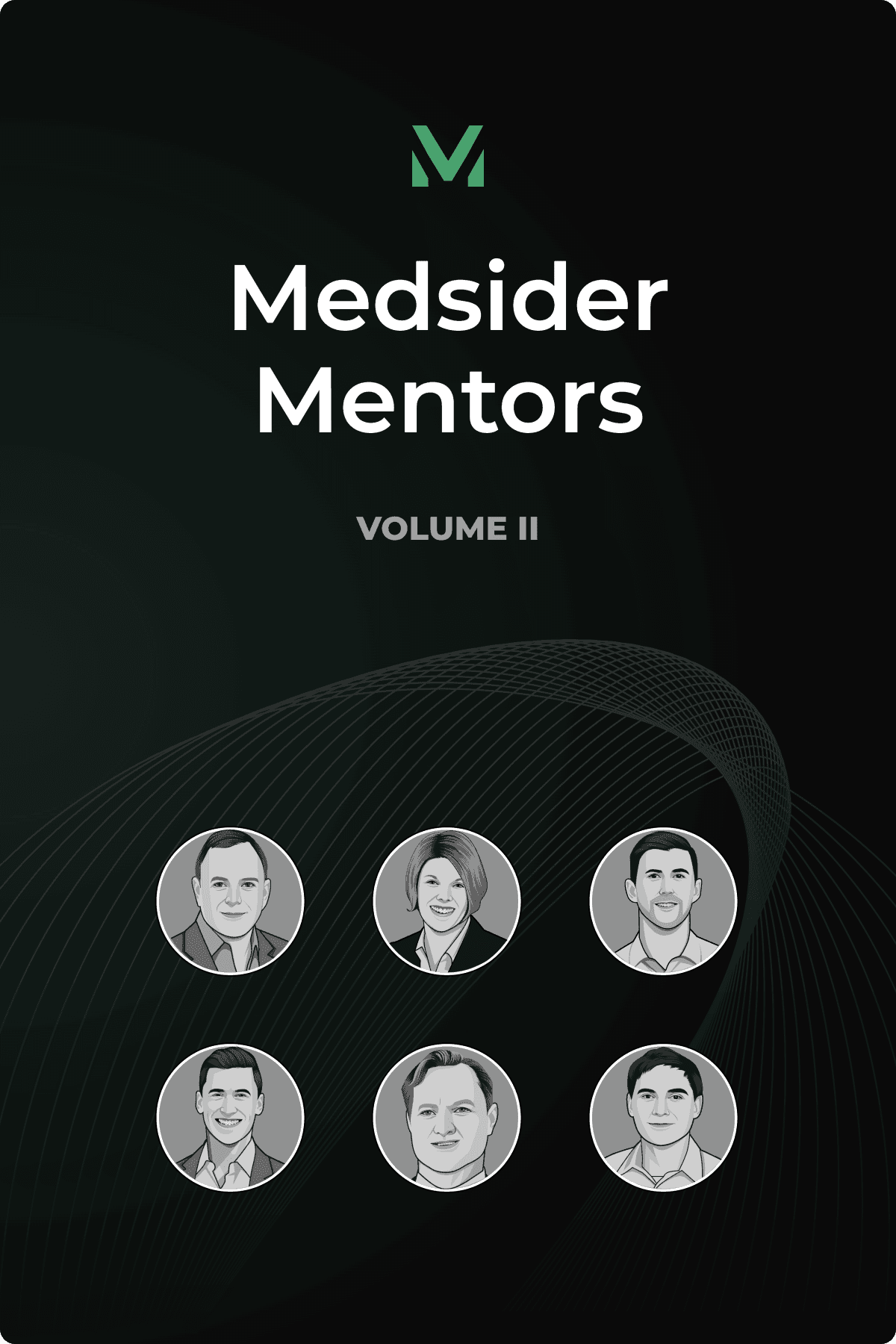The Most Common Resume Mistakes You Need to Avoid When Looking for Your Next Medical Device Job
Interview with Sue Sarkesian

If you were to submit your resume for a medical device or medtech job, what is the single most important thing that’s on the mind of the hiring manager? Come on, take a guess. Is it that you made President’s Club last year? Wrong. That you were instrumental in the marketing launch of a successful medical device. Wrong. Perhaps it’s the fact that you led the regulatory team to a PMA in record time. Wrong.
These are all nice accomplishments. But not the right answer. The hiring manager is thinking, “What is this person going to do for ME and MY team.” In this interview with Sue Sarkesian, we learn the myths and mistakes you need to avoid as well as the key tips and tricks you need to include on your resume when looking for your next medical device or medtech job.
Who is Sue Sarkesian? She co-founded The Resume Group and is also the Founder of Your Exec Brand. Sue has more than 16 years of experience in guiding and coaching individuals through the search process. Working with Sue, candidates learn ways to focus their job search, develop comprehensive search strategies, and execute a targeted plan for a successful job search. Sue holds a Master’s degree with an added concentration in Career and Transition counseling.
Interview Highlights with Sue Sarkesian
Why you shouldn’t use an “objective” on your resume. Instead, you should use what Sue likes to call “the hook”.
Are you focusing too much on your past responsibilities? Instead, you need to learn how to effectively quantify your accomplishments.
If you state it on your resume, you need to be able to prove it. Better yet, there better be a compelling story behind every point you make.
What email address are you using for contact purposes? Sue hopes it’s not an AOL email address.
Should you include the statement “references available upon request”?
Learn Sue’s technique for matching key phrases on your resume with the hiring company’s challenges.
Have you heard of the ATS (Applicant Tracking System)? Find out why this is a big deal.
You May Like These Articles
Medsider Premium
Become a premium member and unlock access to exclusive Medsider benefits.



